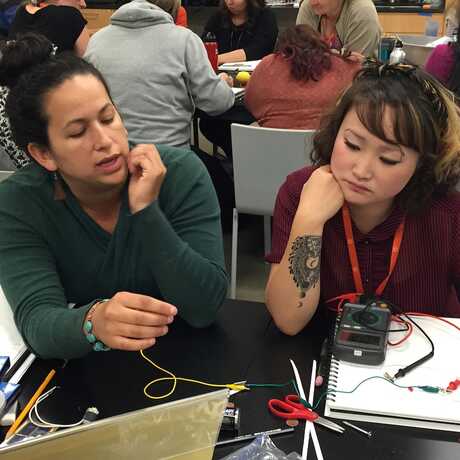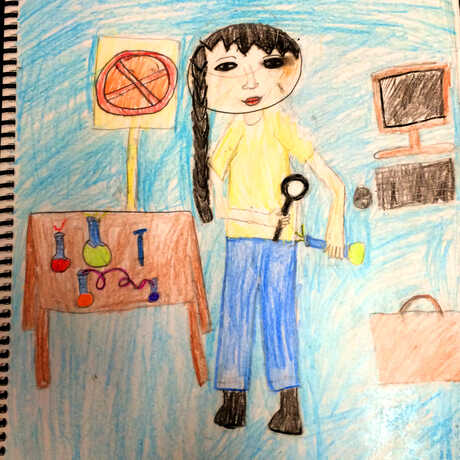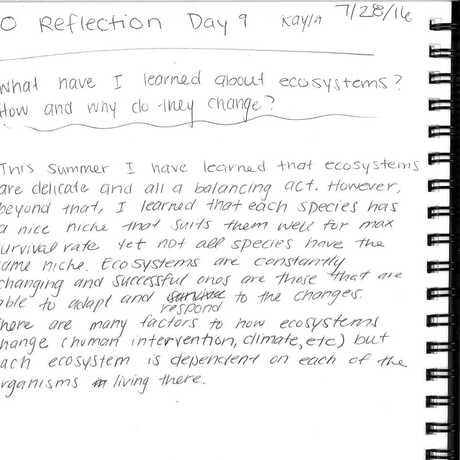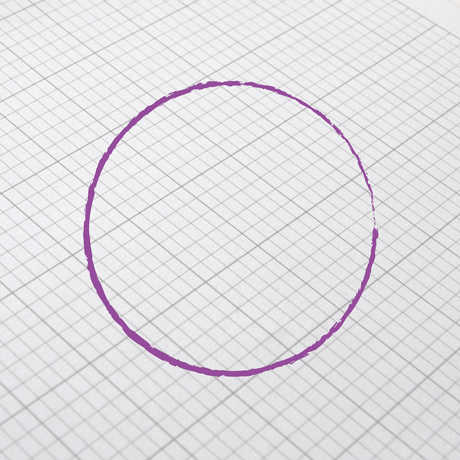
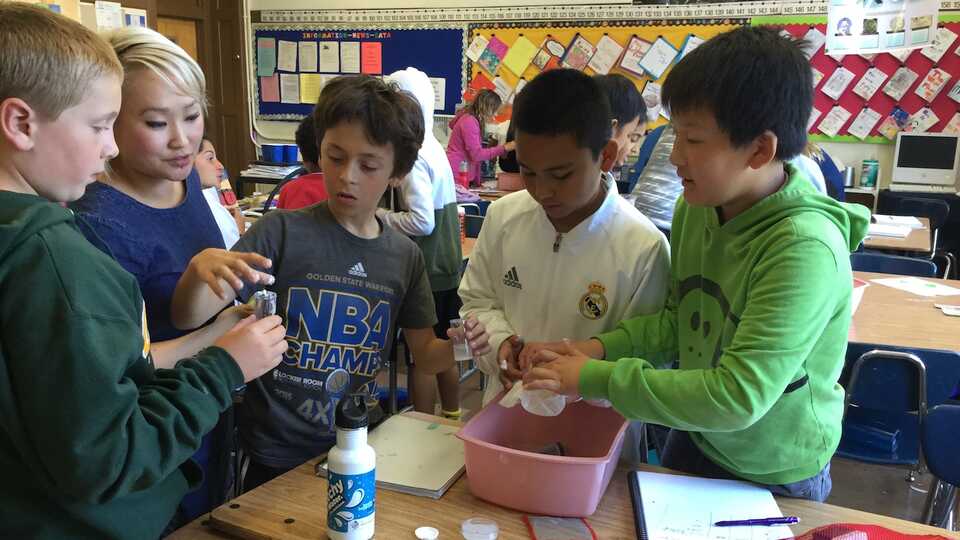
Investigating science or designing engineering solutions in small groups requires a lot from students. Here you'll find reflection questions you can pose to the class during or after an investigation. Notebooks provide students a safe space to reflect on their work as scientists, or as members of a team.
About This Guide
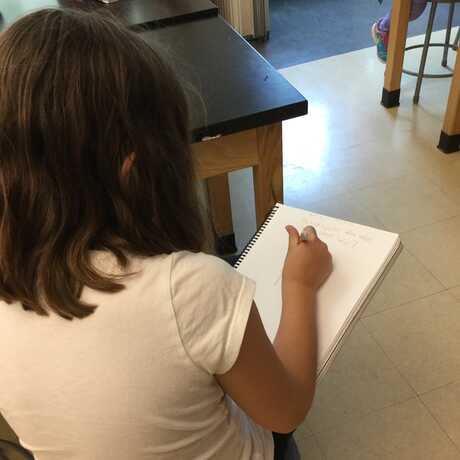
Below, you’ll find guidance related to using the science notebook to reflect on process, including:
- reflecting on the practice of science
- reflecting on group-work
- reflecting on the engineering design process
Because we know teachers appreciate seeing the results of using these strategies, we've also created an example gallery containing student work.
Reflecting on the Practice of Science
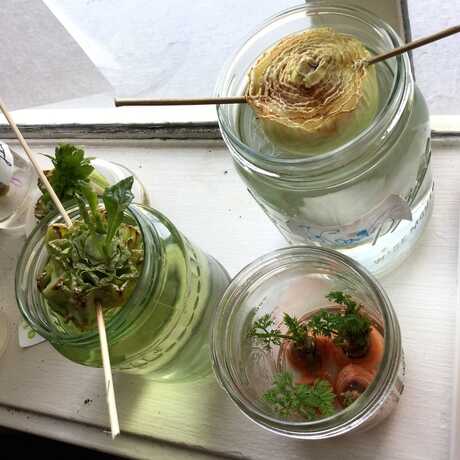
This kind of reflection increases students’ awareness of how they are thinking and acting like scientists. Invite your students to reflect in the notebook on one or two of these questions:
- What did you do?
- What kind of data did you collect?
- How did you make your decisions?
- What variables did you consider in designing your fair test?
- What evidence did you use to build a strong argument?
- How certain are you of your explanation?
- What would you need to do in order to be more certain?
When students answer these questions, they will build their understanding of the way science works [i] – how the process can be messy, complicated, iterative, and surprising. Here is one student's reflection on the practice of data collection.
Reflecting on Group-Work
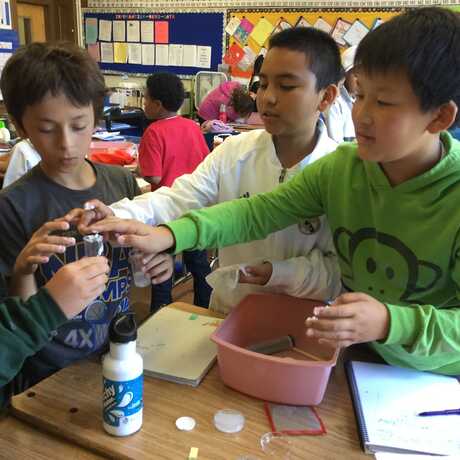
Investigating or designing in small groups requires a lot from students. They have to talk, listen, compromise, share, take turns, and above all, respect one another. Establishing norms for group work is a good first step. Reinforce these norms by giving students frequent opportunities to consider how well they are attending to them. Ask them to reflect in their notebooks on one or two of these questions:
- Which norm did you focus on today? How did you do?
- What specific things did you do to succeed at that norm?
- How did it feel to work with your teammates?
- What worked well in your collaboration?
- What roles did each group member play?
- Was their anything difficult about working together?
- What norm could help your group work better together next time?
Here is an example of one student's reflection on group work during a magnet investigation. Reflecting in this way gives students a chance to identify elements of their process that worked well and areas where they could improve as a team. Reading these reflections will give you, as the teacher, insight into how groups are working.
Reflecting on the Engineering Design Process

Designing solutions to engineering problems is hard! It demands patience, creativity, and persistence through failure. The notebook can be a safe place for students to air their feelings about this process without fear of judgment from peers. Midway through the engineering design challenge, ask them to reflect on one or two of these questions:
- How is the engineering design process working for you?
- What do you feel successful about so far?
- What is challenging you right now?
- Is there any step in the process where you are getting stuck?
- What would help you move forward with your design?
After some writing time, encourage students to share these reflections in small groups or with the whole class, so that they can decide on some next steps that will improve their process.
Notes from the Classroom
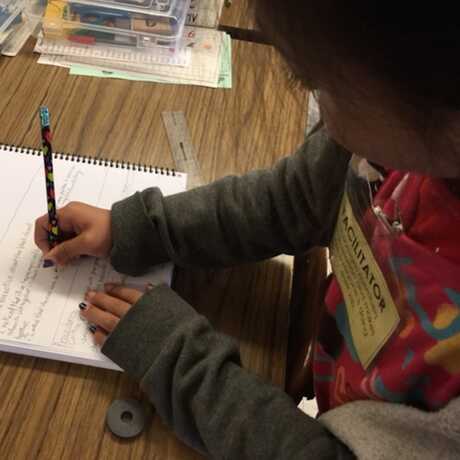
Erica facilitated an engineering contest with her 5th grade students. The challenge was to construct an aircraft that could remain aloft on its own for 20-30 seconds.
It was a difficult task, and many groups felt frustrated after several days of designing, constructing, and failing. She asked students to open their notebooks and complete the sentence: “Our projects would be working better if only…”
After some writing time, students shared their wishes with the class. For instance, "Our projects would be working better if only we had better communication in our group." Or, "Our projects would be working better if only we had more space to launch our designs."
Erica implemented as many of their “if only’s” as she could into the next class session. Students felt relieved after this chance to reflect on their process, and ready to start anew. Erica was glad to have some concrete suggestions, straight from the students, for how to move their process forward.
References
[i] “How Science Works” graphic © 2008 by The University of California Museum of Paleontology, Berkeley, and the Regents of the University of California.

Science Notebook Corner
Learn how notebooks can help your students think and act like scientists.
